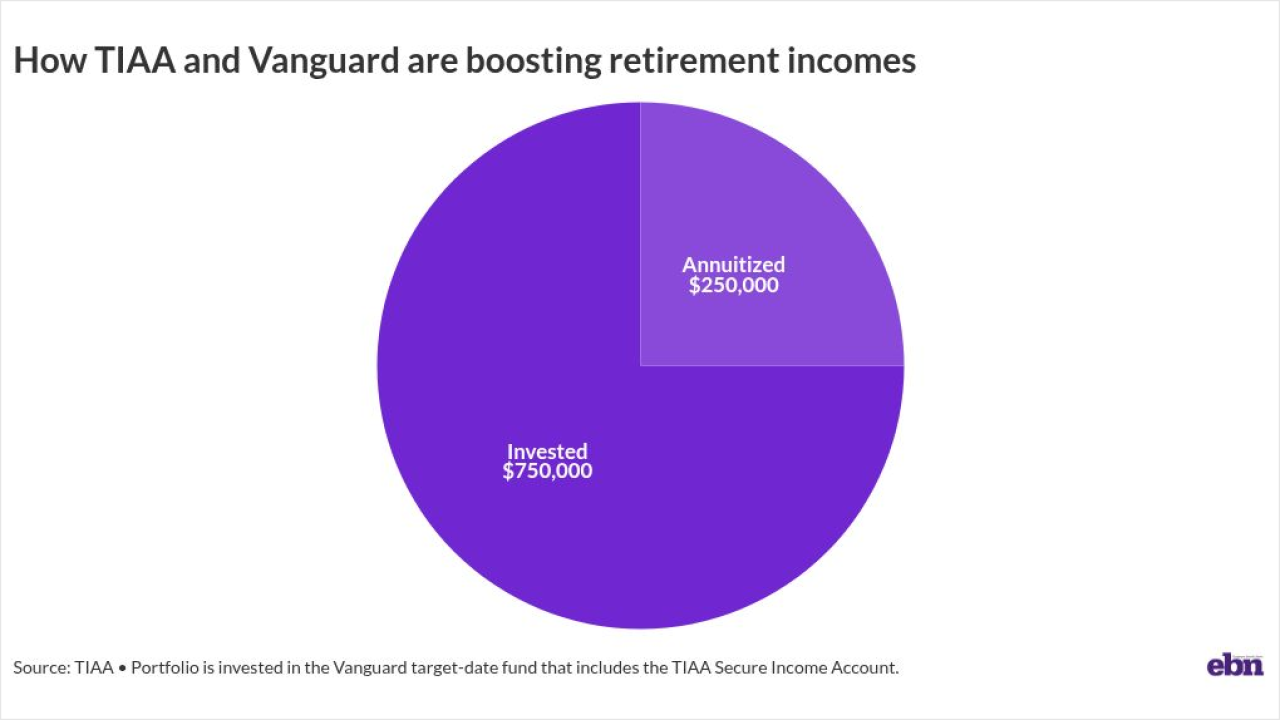The unrelenting uncertainties of COVID-19, endless screen time,
Harassment has been on the rise throughout the pandemic, and more than a quarter of employees report that they’ve experienced online abuse. Some of that behavior can be connected to the
“Harassment can happen in any environment, whether face-to-face or online,” says Christina Gialleli, director of people operations at Epignosis. “What is most important is to create an anti-harassment culture — and companies should do everything in their power to prevent and combat it, in all forms and environments.”
Read more:
But monitoring employee behavior comes with its own risks to employee morale: remote workers are fearful over the idea that their employer is reading their messages or tracking their internet usage,
Our top stories from the week explore the messy world of work more than a year into the COVID pandemic, as employers and employees grapple with bad behavior, mental health strain and the blurry lines of work and home life.






